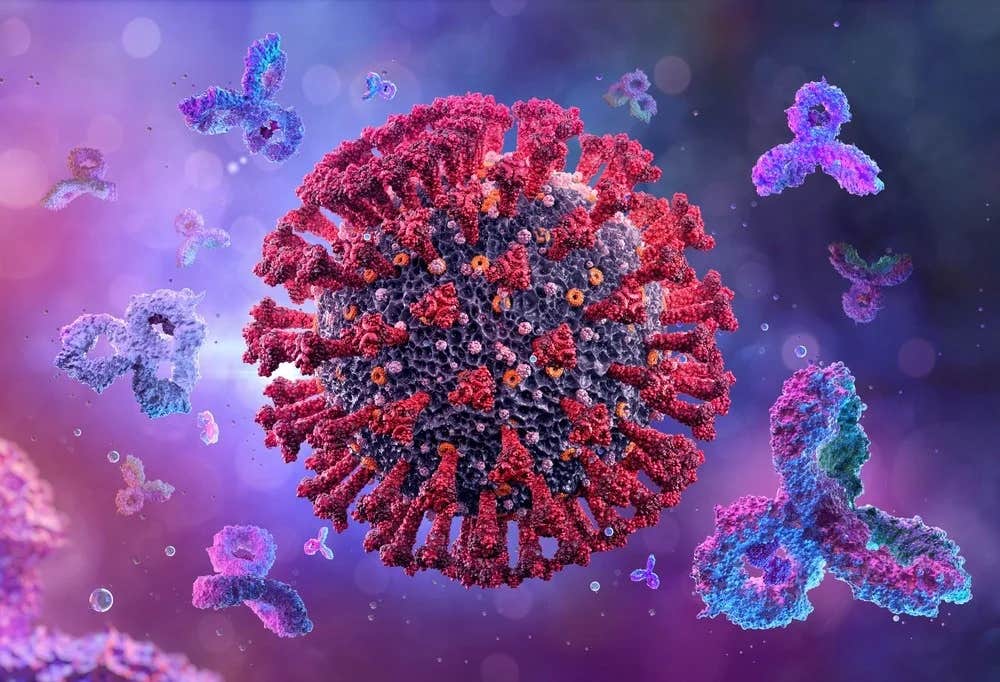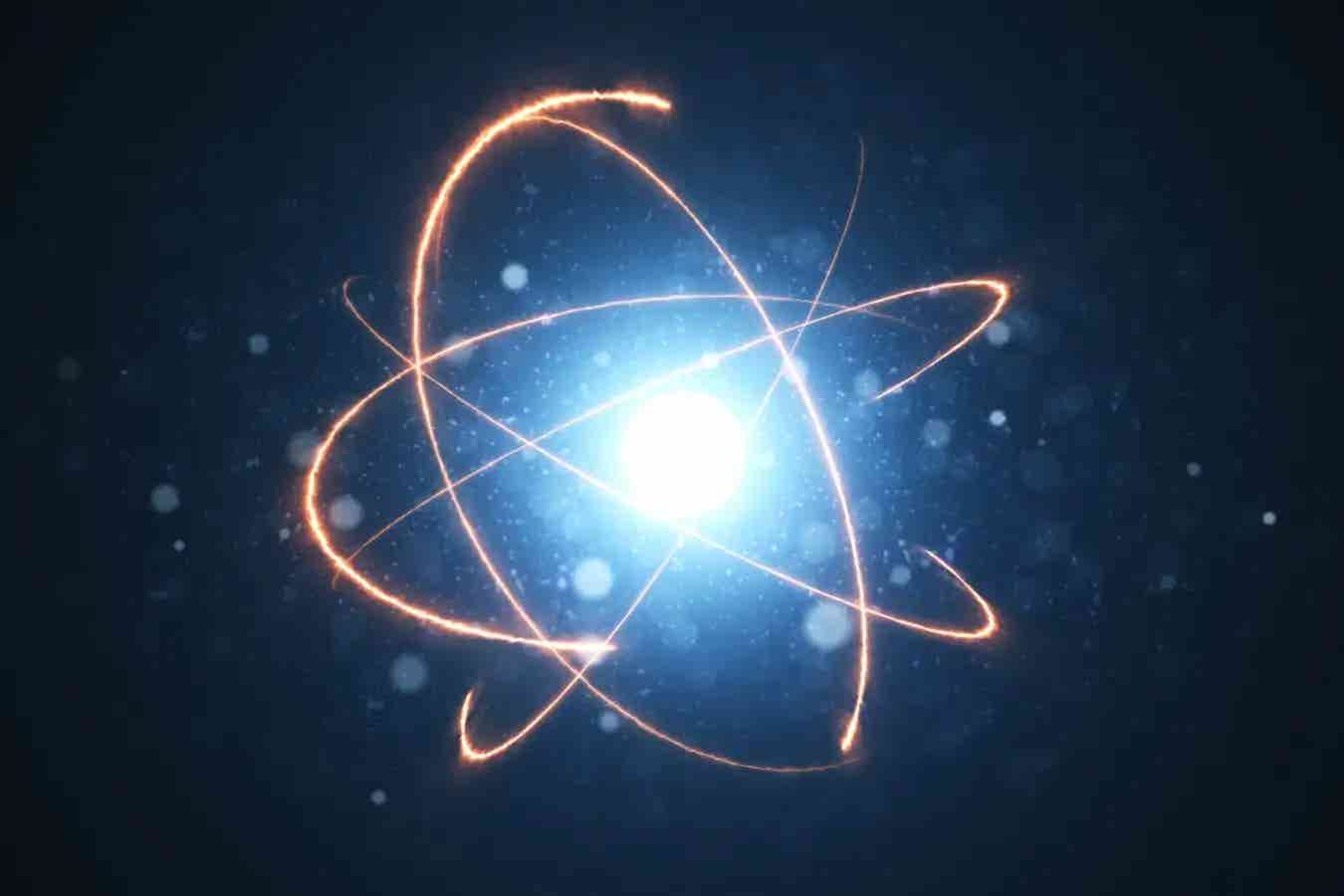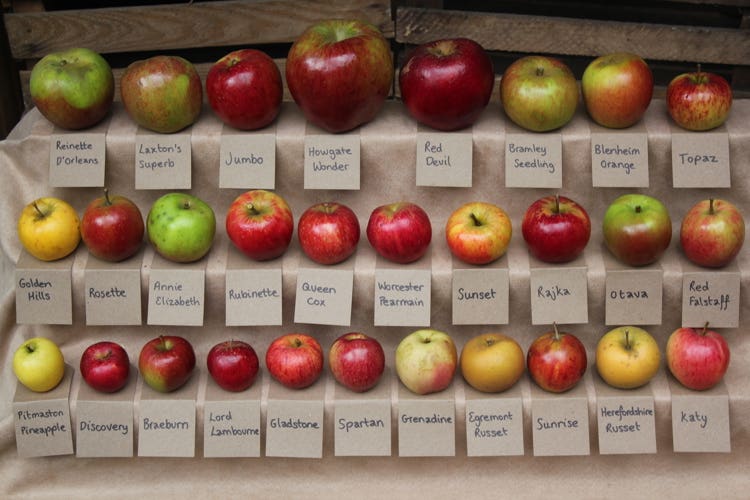Breakthrough antibody destroys all known SARS-CoV-2 variants
Scientists have been searching for an antibody that would be broadly neutralizing — able to fight off any viral variant that might emerge.

[Feb. 12, 2023: Nancy Fliesler, Boston Children’s Hospital & Harvard Medical School]
Scientists have been searching for an antibody that would be broadly neutralizing — able to fight off any viral variant that might emerge. (CREDIT: Creative Commons)
As the COVID-19 pandemic wears on, newer variants of SARS-CoV-2 have been evolving ways to evade the antibodies our bodies make in response to vaccination or prior infections. Breakthrough cases have resulted, and antibody treatments that once worked also have become less effective over time.
Scientists have been searching for an antibody that would be broadly neutralizing — able to fight off any viral variant that might emerge.
An antibody developed by researchers at Harvard Medical School and Boston Children’s Hospital now seems to fit the bill.
In lab tests, it neutralized all currently known SARS-CoV-2 variants of concern, including all omicron variants.
“We hope this antibody will prove to be as effective in patients as it has been in preclinical evaluations thus far,” said Frederick Alt, the HMS Charles A. Janeway Professor of Pediatrics at Boston Children’s, professor of genetics at HMS, and a senior investigator on the study.
Related Stories:
“If it does,” he added, “it might provide a new therapeutic and also contribute to new vaccine strategies.”
Creating and testing multiple antibodies
Led by Alt and Sai Luo, HMS instructor in pediatrics at Boston Children’s, the team first modified a mouse model the Alt lab created to search for broadly neutralizing antibodies to HIV, another virus that frequently mutates. These mice essentially have built-in human immune systems.
The modified model mimics — and refines — the trial-and-error process our own immune systems use to create increasingly effective antibodies when we encounter an invader.
The researchers first inserted two human gene segments into the mice. This pushed the mice’s immune cells to quickly produce a diverse repertoire of antibodies resembling those our bodies might make.
The team then exposed the mice to the SARS-CoV-2 spike protein, the main protein targeted by our antibodies and current vaccines, from the original Wuhan-Hu-1 coronavirus strain.
In response, the mice produced nine different “families” of antibodies that bound to the spike.
With collaborators at Duke University, Alt and Luo then tested the effectiveness of these antibodies.
Antibodies in three of the nine families strongly neutralized the original Wuhan-Hu-1 virus. But one antibody family, and especially an antibody dubbed SP1-77, showed much broader activity, neutralizing alpha, beta, gamma, delta, and all previous and current omicron strains.
A new way to neutralize
What made SP1-77 so good at neutralizing the virus? Structural biology studies by collaborating teams — led by Bing Chen, the Rosalind Franklin, PhD Professor of Pediatrics at Boston Children’s; Jun Zhang, HMS instructor in pediatrics at Boston Children’s; and Barton Haynes at Duke — showed that this antibody works in a unique way.
In order to infect us, SARS-CoV-2 must first attach to ACE2 receptors on our cells. Many of the antibodies we make in response to vaccines, as well as antibodies used to treat COVID-19, block this binding. They do so by attaching to the spike’s receptor-binding domain at specific locations.
The SP1-77 antibody also binds to the receptor-binding domain, but in a different way that does not prevent the virus from binding to ACE2 receptors.
So how would it protect us?
Once the virus has bound to ACE2, it must complete a final step: fusing its outer membrane with the membrane of our cells. This throws the door open to infection. Using a novel live-cell imaging platform, Alex Kreutzberger, HMS instructor in pediatrics at Boston Children’s, and Tomas Kirchhausen, professor of cell biology in the Blavatnik Institute at HMS and professor of pediatrics at Boston Children’s, showed that SP1-77 blocks this step.
“SP1-77 binds the spike protein at a site that so far has not been mutated in any variant, and it neutralizes these variants by a novel mechanism,” noted Kirchhausen. “These properties may contribute to its broad and potent activity.”
Next steps
If the findings are eventually replicated in humans, the antibodies could lead to better COVID-19 vaccines and treatments.
The researchers have applied for patents on both the antibodies and the mouse model used to produce them. They hope to see their work developed commercially.
“It was a pleasure to work with this dedicated collaborative team whose diverse expertise allowed SP1-77 to be brought to light,” said Alt. “We look forward to using our models to discover antibodies with therapeutic potential against other newly emerging pathogens.”
This work was supported by the Howard Hughes Medical Institute, the Bill & Melinda Gates Foundation (INV-021989), the National institutes of Health (NIAID Consortia for HIV/AIDS Vaccine Development UM1-AI144371, P01 AI158571, Maximizing Investigators’ Research Award GM130386, Harvard Virology Program training grant T32 AI07245), Massachusetts Consortium on Pathogen Readiness (MassCPR) SARS-CoV-2 Variants Award, Emergent Ventures fast grant, FDA (MCMi grant #OCET 2021-1565 and Perinatal Health Center of Excellence project grant #GCBER005), the Danish Technical University and SANA, and IONIS.
Disclosures: Alt and study coauthor Ming Tian of HMS and Boston Children’s are authors on a patent application that describes the general type of mouse model used. Luo, Haynes, and Alt are authors on patent applications describing the antibodies reported.
Note: Materials provided above by Boston Children’s Hospital & Harvard Medical School. Content may be edited for style and length.
Like these kind of feel good stories? Get the Brighter Side of News' newsletter.
Joseph Shavit
Head Science News Writer | Communicating Innovation & Discovery
Based in Los Angeles, Joseph Shavit is an accomplished science journalist, head science news writer and co-founder at The Brighter Side of News, where he translates cutting-edge discoveries into compelling stories for a broad audience. With a strong background spanning science, business, product management, media leadership, and entrepreneurship, Joseph brings a unique perspective to science communication. His expertise allows him to uncover the intersection of technological advancements and market potential, shedding light on how groundbreaking research evolves into transformative products and industries.



